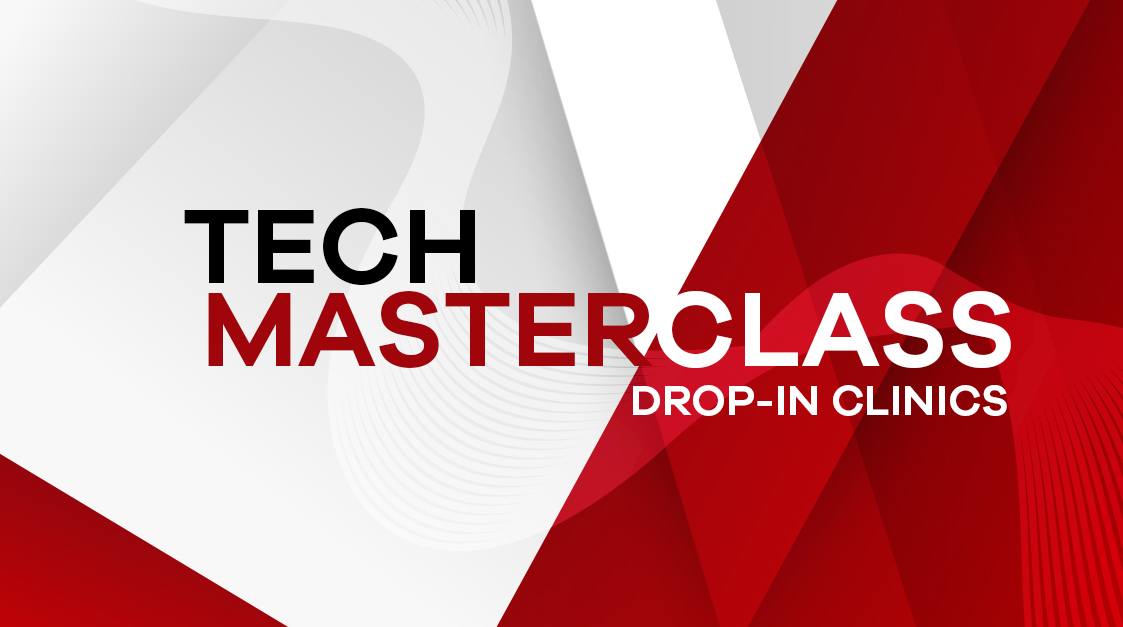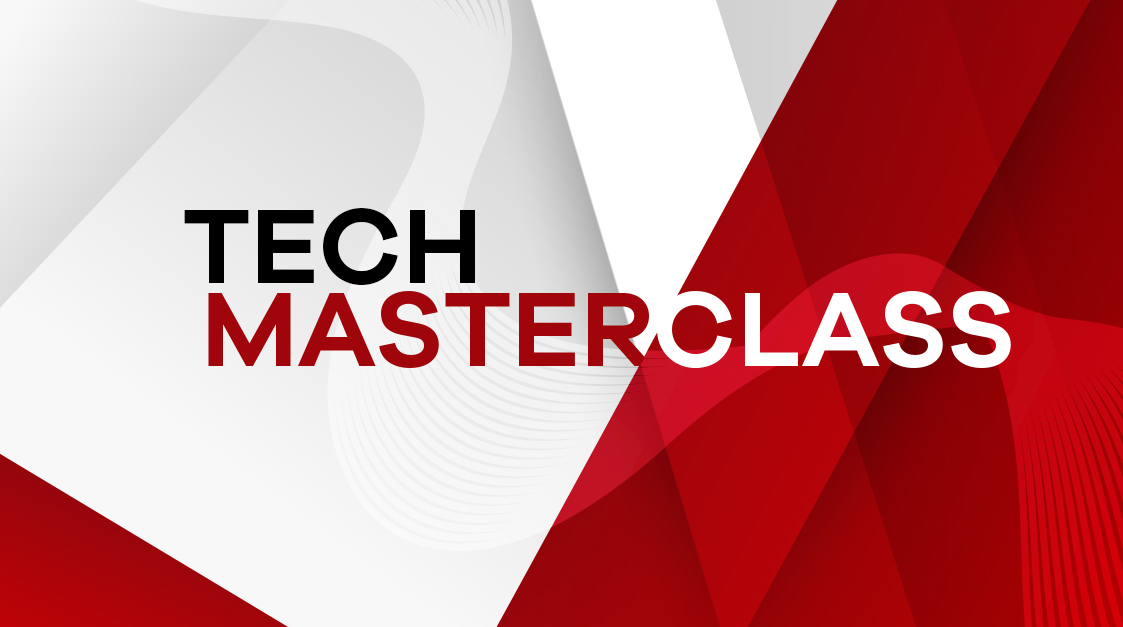The IT industry has rapidly evolved over the past 10 years, with developments such as 5G, IoT (Internet of Things), and Cloud Computing being at the forefront of progression.
With many organisations opting to take advantage of the Cloud over the more traditional on-premise infrastructure, Cloud has been dominating the industry for some time, and with Gartner reporting that more than half of enterprise IT spending in key market segments will shift to the Cloud by 2025, it is clear that the adoption of Cloud will continue to accelerate.
However, despite the continued growth of the Cloud, Edge computing is also on the rise, with the IDC reporting that worldwide spending on Edge computing is expected to be $176 billion in 2022, an increase of 14.8% over 2021.
With both Cloud and Edge Computing continuing to rise in adoption, what are the differences between the two, and what is right for your business?
Cloud Computing
Cloud computing is the delivery of computing services, such as servers, storage, databases, networking, software, analytics, and intelligence over the internet, (the Cloud) via remote servers or data centres.
But not all Clouds are the same and there isn’t a ‘one size fits all’ approach when it comes to the Cloud. Companies need to determine the most effective model for their business needs.
There are three different options available when looking at Cloud services: public Cloud, private Cloud, or a hybrid Cloud, but what’s the difference?
Public Cloud Infrastructure
A public Cloud model is when on-demand computing services and infrastructure are managed by a third-party provider, usually on a monthly, annual or “pay-as-you-go” consumption model, with the external infrastructure platform you are using being shared in a multi-tenant fashion (by other organisations), using the internet.
The most popular public Cloud providers, are Microsoft Azure (22% Market Share), Amazon Web Services (AWS) (33%) and Google Cloud (10%) according to The Register.
Using a public Cloud means that you have no costs associated with procuring and maintaining the infrastructure, and in some cases the applications that you are using, lowering your upfront costs. When using a public Cloud, there are security and service availability considerations to be made along with calculating the total long term cost.
Private Cloud Infrastructure
A private Cloud model is where all the infrastructure that the environment is hosted on, is dedicated to one single organisation, whether that be within an organisation’s own data centre or in a colocation providers data centre. Having a private Cloud enhances your overall security position and can improve resource utilisation, although on a public Cloud as you only pay for what you consume, in a private Cloud, you own the entire technology stack whether you utilise it all or not. Organisations that have more stringent security, compliance and data privacy requirements opt to use a private Cloud infrastructure for this reason. In most cases, the hardware, applications and the service availability are maintained by a 3rd party, Cloud services provider.
Hybrid Cloud Infrastructure
A hybrid Cloud model is the ‘best of both worlds where the infrastructure is running on a combination of both public and private environments with data and applications being shared across them. In a hybrid deployment you have far more flexibility and greater control over data, with the ability to shift workloads between the two available options as capacity, access and costs required. To successfully implement a hybrid strategy, the public and private Clouds must be compatible with each other, the most common way for them to communicate is with the use of application programming interfaces (APIs), which have greatly improved the interoperability between platforms.
Key Benefits of Cloud Computing:
- Cost Efficiency – Operational cost savings is one of the key drivers for utilising a Cloud-based infrastructure model. They’re assumed to be more cost-efficient as they are typically implemented on a pay-per-use basis which is ideal for small to medium-sized businesses that have a limited budget. However, in most cases, over an 18 month to 3 year ROI study, Cloud infrastructure is more expensive than on-premise, due to the higher premium that hyperscaler providers charge for CPU, RAM and Storage. When you break it down and correctly size it, the Public Cloud nearly always works out as more expensive than building your own. The advantage is the speed of deployment. For example, there are a number of large financial institutions that use infrastructure as code to very quickly redeploy an environment in the event of an outage. Or they can spin up new services very quickly and “burst” into the Cloud on an “on-demand” basis, this flexibility, organisation depending, can be worth the additional investment required. For almost all other businesses outside of the very large enterprise organisations, it is often more expensive to utilise the Public Cloud, but it is always quicker to consume it, especially if you run out of storage, RAM or Compute within your private cloud and have to provision more, Public Cloud is always there to be used.
- Scalability – Cloud-based services are scalable to meet a business’s IT needs. This is important when a business grows, they’ll require more storage and bandwidth to manage more traffic.
- Increase in Productivity – Cloud computing will increase the business’s productivity as it allows applications that are used in daily work tasks to load at a faster, more efficient speed, minimalizing downtime. However, this will depend on how you have provisioned your Cloud solution. In order to maximise the performance available to you from a Public Cloud Provider, it is imperative that you configure correctly your requirements around storage, RAM & Compute, a poor configuration in the cloud, will have the same issues like a poor configuration on-premise.
- Environmentally Friendly – For businesses that are conscious of maintaining a small carbon footprint, data centres are extremely environmentally friendly as they’re designed to be as energy-efficient as possible.
- Advanced Security – With Cloud providers, they focus on network security a lot more than a typical in-house business would. In data centres, it’s difficult for any unauthorised users to gain entry as the data travelling to and from Cloud networks is encrypted. That said, sharing a public Cloud can cause security and compliance concerns for organisations that hold sensitive data and considerations must be made for enhanced data security and sovereignty.
Edge Computing
Edge Computing is the latest industry trend, which entails moving the compute resources back to the physical location of where the data was created, offering organisations quicker, more resilient, agile, and accessible data access.
Edge computing is transforming the way data is being handled, processed, and then delivered. Edge computing is a distributed computing infrastructure in which IoT data is processed. With Edge computing, data processing isn’t done centrally in the Cloud, but it is decentralised to the edge of the network, as its name suggests.
Edge computing meets the demands for high availability, where Cloud computing cannot.
“one of the reasons Edge computing has become so popular is it helps address use cases that the Cloud can’t. Using the Cloud is cost-effective and fast, but it has performance-related limitations. Apps that rely solely on centralized Cloud data centers to process and store data are subject to latency and downtime whenever internet connectivity is slow or frequently interrupted. The time it takes to send a command to the Cloud, have the Cloud process it and send the information can be prohibitive. What’s more, top Cloud providers have had significant outages lately.” IDC’s McCarthy explained.
Key Benefits of Edge Computing:
- Cost Efficiency – It is known that the cost of storage and data transferring is rising, along with other business operational costs, utilising an Edge infrastructure helps to keep the costs of operation down to a minimum by reducing the amount of data being transferred to and from the Cloud.
- Reliability – An Edge computing infrastructure continues to operate if the system is running slow, or even if it is temporarily down which is good for businesses to reduce downtime in their operations.
- Reduces Bandwidth – Just like how Edge computing reduces latency, it also cuts down the bandwidth. This is because more data is being processed and stored locally, which therefore means less data is being transferred to the Cloud. This process also reduces the cost for the business.
- Improved Security – Using an Edge-based model provides extra security due to the nature of how Edge computing works – being decentralised to the edge of the network. Whilst still being vulnerable to hackers, not much data, nor complete data sets are held in Edge devices, and only the most important data is sent to the Cloud.
- Reduced Latency – Using a Cloud-based infrastructure can cause traffic across different sectors of the business as it contains more ‘heavy’ data. However, Edge computing takes the load off the Cloud platform, therefore reducing latency.
Gartner estimates that by 2025, 75% of data will be processed outside the traditional data centre or Cloud.
The Differences between Cloud and Edge Computing
It’s important to know that there is no replacing each other out of the two as different businesses require different needs. Cloud computing is the process of dealing with data that isn’t time-driven, and Edge computing is used to process time-sensitive data.
Cloud vs Edge – The Use Cases
The primary differentiator between Cloud and Edge computing is that Edge computing is better suited to managing the processing of time-sensitive data, while Cloud computing is better suited for processing data has less time pressure. Managing data in the Cloud is simplified, as it is all in one place, the nature of Edge computing is that is separate from the Cloud, existing “on the edge” meaning that you can end up with multiple instances to manage, secure and backup. In addition, Edge can be better suited when compared to the Cloud for remote locations, where there can be limited or even no connectivity, or where there is connectivity, but due to the geographical distance between the central location and the remote site, latency becomes a factor in application performance. This is primarily where Edge comes into its own as there is an increase in cost and management overhead, but it does overcome the issues that Cloud can have with connectivity and performance.
Why Krome Technologies?
Many businesses are looking to the Cloud or Edge as part of their future IT strategy, however, with so many providers in the market offering differing advice and service models, it can be difficult to ascertain which model would best suit your individual business.
At Krome, we take a consultancy led approach to help our clients understand how a Cloud computing model could assist them to achieve their business goals. By working with our clients to understand their business plans and overall long-term objectives, we can identify and jointly construct an IT strategy that is focused on goal achievement.
The ability to be able to construct solutions from several external and in-house resources means that we can provide a solution that is a true fit for your individual requirement, we don’t have to shoehorn your business into an unsuitable platform.
For more information on how Krome can help with your requirements, please get in contact with us today by calling on 01932 232345.
Want to know more?
Contact us today to explore how our tailored solutions can align with your business priorities.
Join our Krome community


